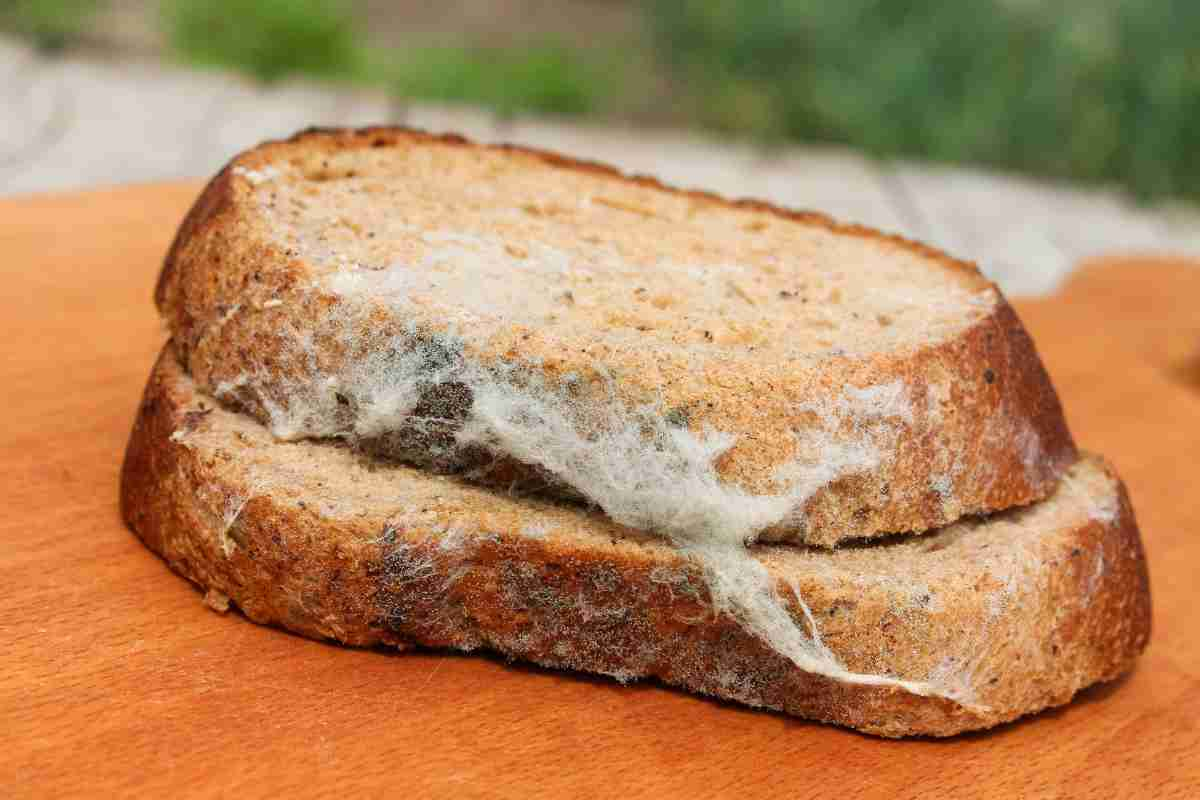Mold alarm: what to do with spoiled food?
How many times does it happen to open the refrigerator and find moldy food that needs to be thrown away? Mold is an objective signal, which identifies the alteration of the food, from an organoleptic point of view. Once mold has targeted a product, it ruins its appearance, smell, but above all its flavor, endangering the health of those who decide to eat it anyway.
Unconsciously many people decide to cut away the moldy part keeping the rest: it is not always possible to do this. The mold has now taken all the food and is not edible. However, there are dangerous molds and molds that can be useful. Let’s find out.
Mold: which are useful and which are dangerous?
As already specified above, there are dangerous molds and molds “BENIGN”. The mold is a microscopic fungus that develops in temperatures between 15 and 30 degrees, especially in environments moist yet they can grow in different places, such as inside a refrigerator.
Molds considered dangerous are those defined microtoxins, which once developed in a food, if eaten, can cause damage to the liver, kidneys, nerve centers, digestive system and in more serious cases can be carcinogenic.
Among the toxins with a fairly high level of toxicity are: the aflatoxins present in feed, cereals, flour, milk, dried fruit, damaging the liver; patulin typical in fruit, fruit juices and problematic for the kidneys.
When are molds considered useful? When they are involved in the production of antibiotics in the fermentation of come and in the seasoning of cheeses.
Moldy food: what to do?
Firstly, when we come across a food moldy it must not be eaten, but thrown away since eliminating only the deteriorated part does not guarantee that the fungus has not affected the rest as well.
Only in some foods it is possible to eliminate the part with mold, while in others it is not possible, let’s see which ones fall into the category of possible “edible”:
Cheeses: in aged cheeses, it is sufficient to remove the moldy part, while in fresh cheeses, such as ricotta and mozzarella, everything must be thrown away at the first form of mold;
Jams and jellies: the sugar in the jam binds with the water and prevents the formation of toxins: the mold that appears on the surface of a jam must be eliminated, but the rest of the jam can still be eaten;
Apples: while the other types of fruit, once moldy, must be thrown away, the rotted apple can be used by removing the damaged area.
Prevent mold
By storing food badly, both in the industrial sector and at home, we can create conditions for mold growth.
To solve this problem, it is advisable to cover food stored in the refrigerator with cling film and lids or in closed containers keeping separate from each other.
Furthermore, keeping products that need to be kept at room temperature in a dry place is important advice. It is necessary that in the areas where the molds have formed clean up well and disinfect very carefully because some invisible spores may have contaminated the products you find nearby.
